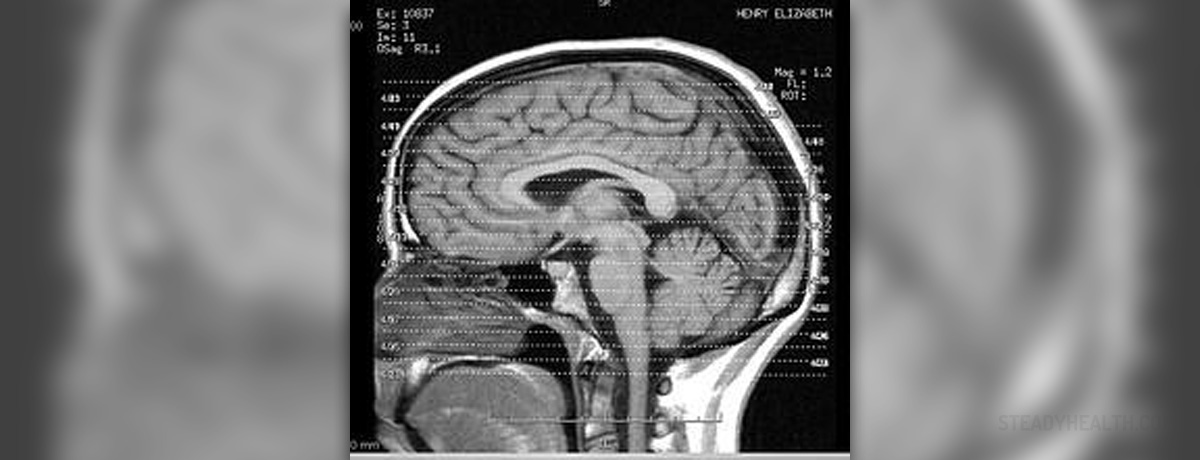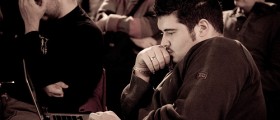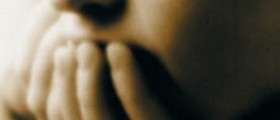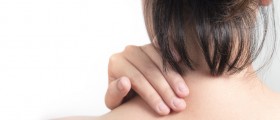
Cerebellum is part of the central nervous system (the brain), located behind and above the brainstem and under the cerebrum. Cerebellar disorders are known to cause problems with coordination, leading to clumsy, unsteady and “drunk” walk (when the person hasn’t been drinking). Imbalance and trouble to stabilize eye movements may also be present in someone suffering from some cerebellum problem. Patients suffering from cerebellar disorders may have midline or hemispheric syndromes.
What Causes Cerebellum Injuries?
Exposure to certain toxins, inherited cerebellar degeneration, some structural lesions and auto-antibodies are possible explanations for injuries of the cerebellum.
Toxins like alcohol (ethanol) and drugs used to treat seizures or cancer may provoke cerebellar injuries. Anti-convulsants, like carbamazepine or phenytoin and chemotherapy with cytosine arabinoside, as well as lithium given to manic-depressive disorder may all negatively affect this part of the brain.
Auto-antibodies and immune problems related to celiac disease (gluten enteropathy) or paraneoplastic cerebellar degenerations can also damage cerebellum.Symptoms of Cerebellar Disorders
Imbalance is characteristic of midline syndromes. Instability and inability to perform tandem gait or stand in Romberg (test when patients stand with their eyes closed) are seen in patients with midline cerebellar syndrome as well. This syndrome may also provoke “titubation” (bobbing of the head or the upper body and some eye problems, such as poor pursuit, ocular dysmetria or nystagmus). “Trunkal ataxia” syndrome is recognized by patient’s inability to sit on the bed without steadying themselves and it is considered as a sign of severe midline cerebellar problem.
In-coordination of the limbs, on the other hand, is specific for people with hemispheric cerebellar syndrome. Dysmetria, rebound and decomposition of movements are frequently noticed in these patients, as well as dysdiadochokinesis (irregular performance of rapid alternating movements). When a person tries to touch something, he or she might have some intention tremors, while kinetic tremor is seen in certain patients while performing some motions. Hemispheric syndromes could also affect the speech, leading to scanning, irregular emphasis on syllables or dysarthric speech.
These signs are very specific and neurologists can usually diagnose cerebellar problems right away. Additional tests may include ENG or rotator chair test.
Cerebellar disorder may look like vestibular disorder (especially bilateral inner ear disturbance). Some otologic tests, such as ENG or VEMP are in most cases enough to conclude what is wrong with the patient and his or her sense of balance and coordination.
Treatment Possibilities
Cerebellar problems rarely respond to any drug treatment or therapy. For some malformations (like Arnold Chiari) doctors advise treatment regardless of the response of the patient’s symptoms. Other patients may benefit from vestibular rehabilitation and the use of appliances such as canes or walkers.

















Your thoughts on this
Loading...